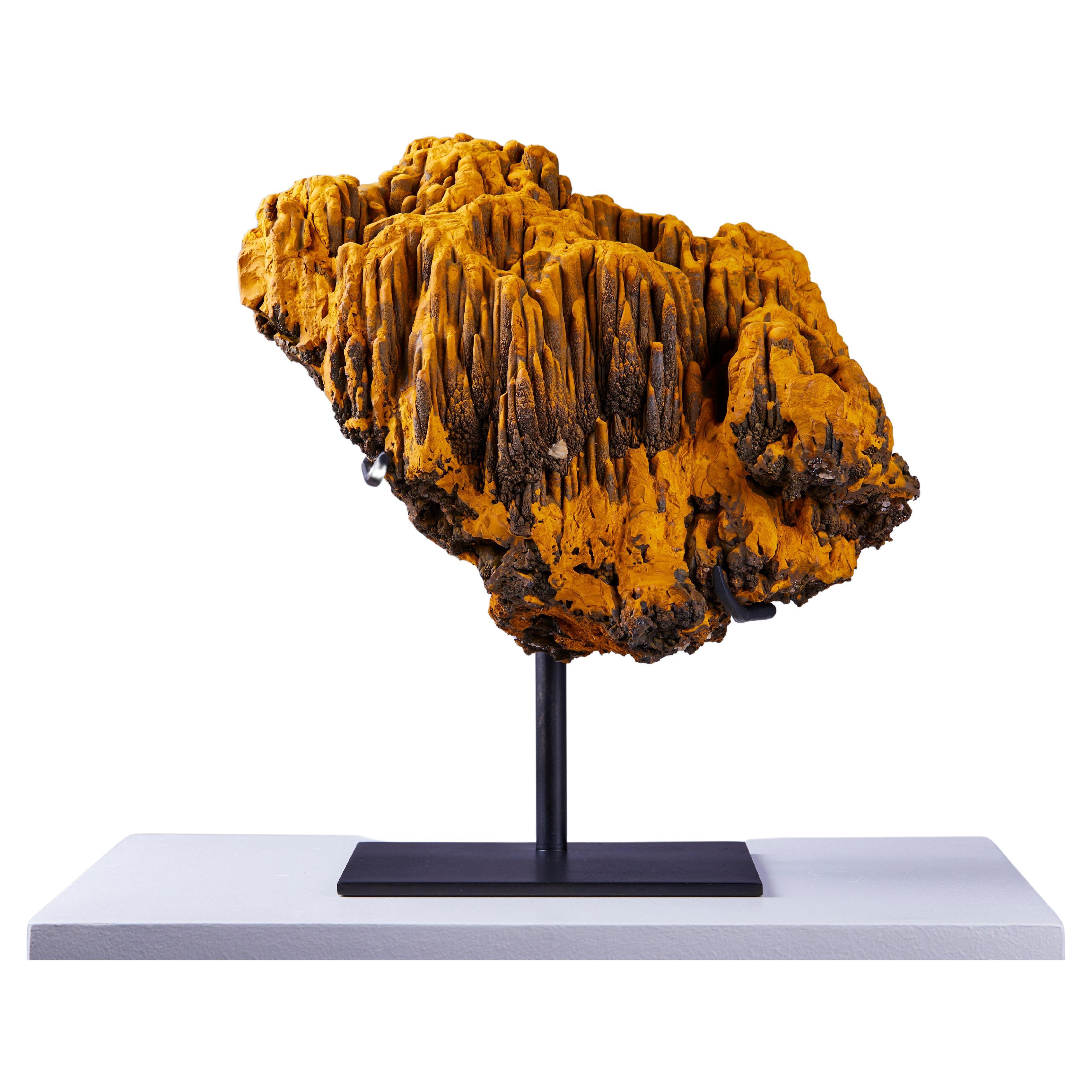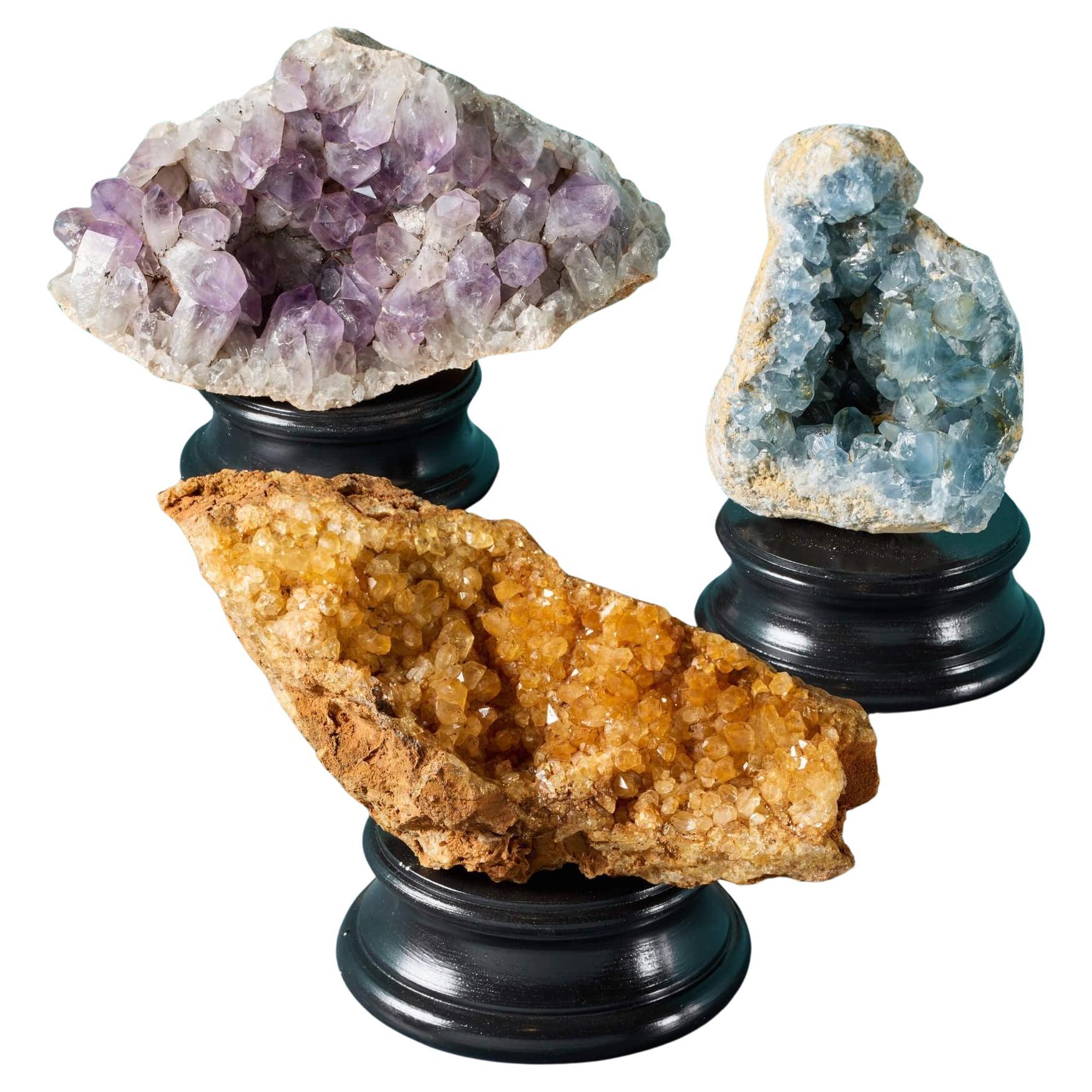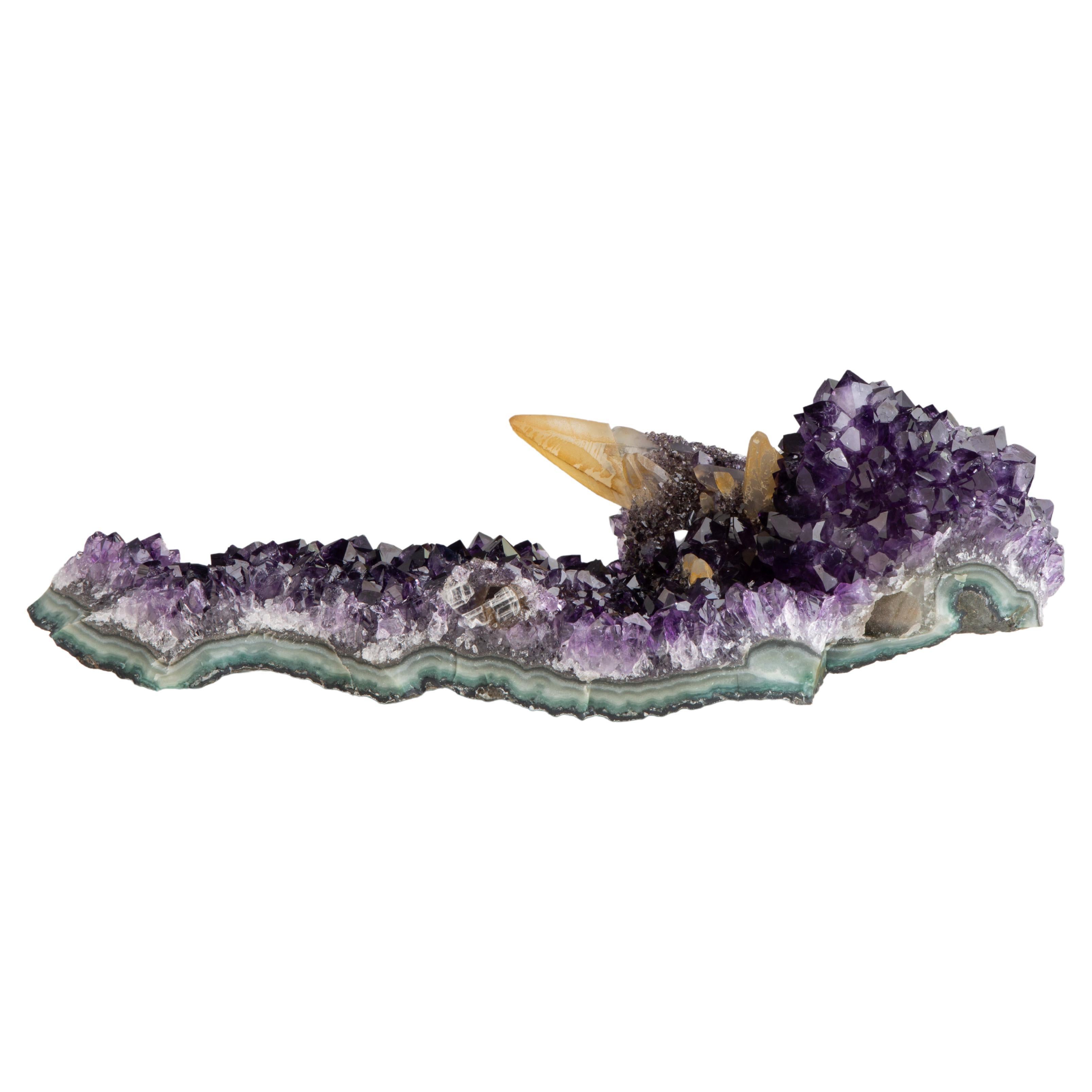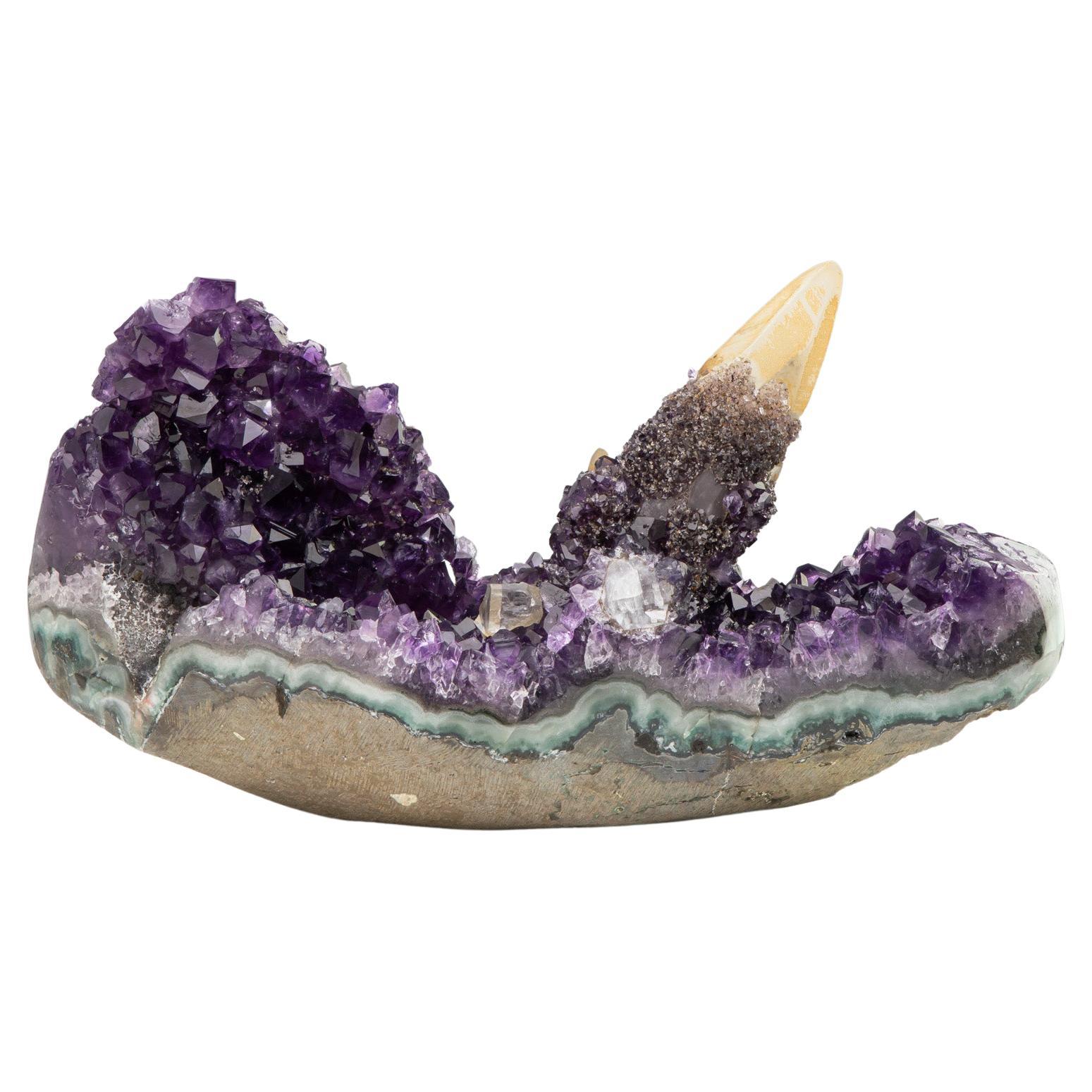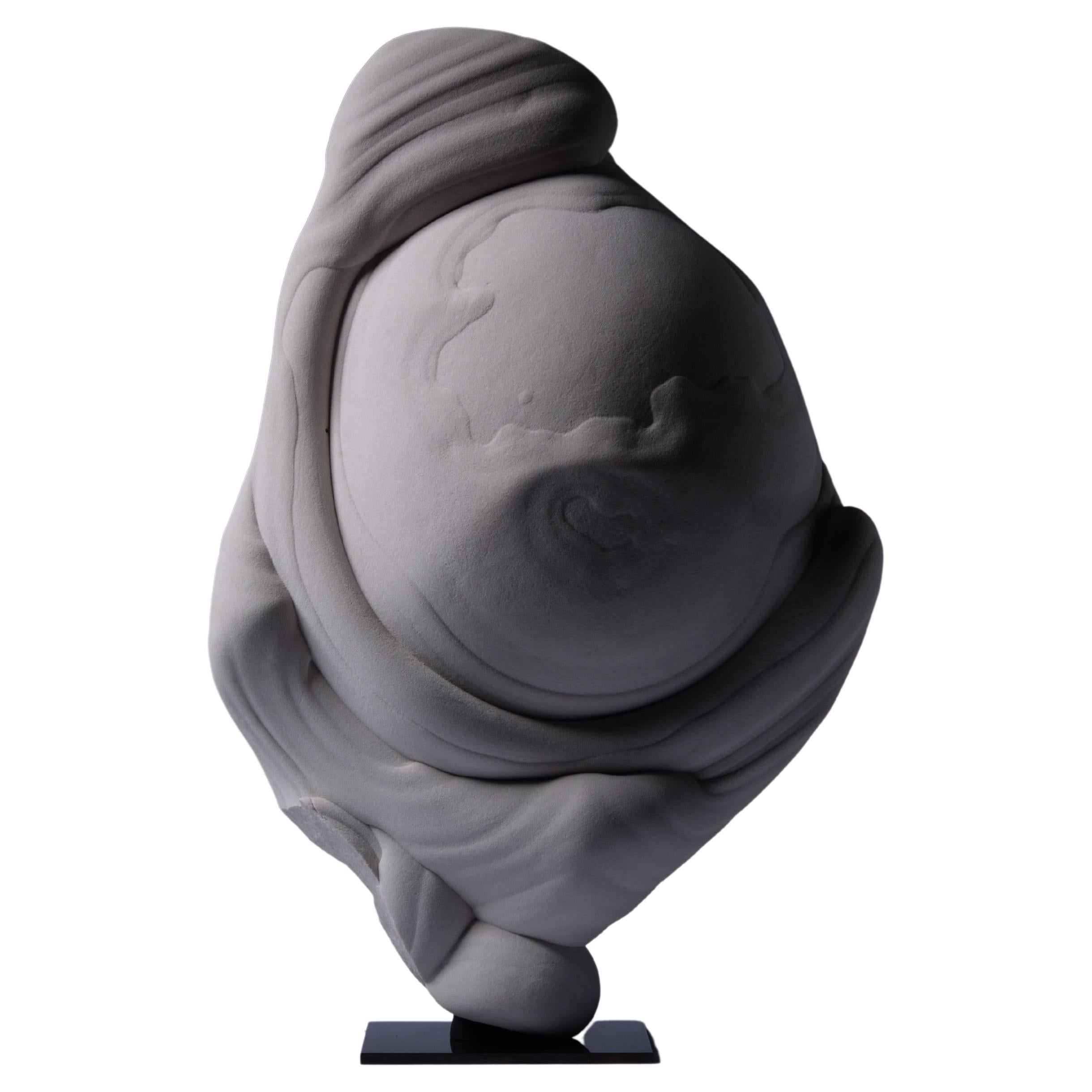Items Similar to Rare limonite formation
Video Loading
Want more images or videos?
Request additional images or videos from the seller
1 of 22
Rare limonite formation
About the Item
Intense yellow - orange limonite formation
Origin: Benalmadena Trinidad Mine - Malaga - Spain
- Dimensions:Height: 10.63 in (27 cm)Width: 5.52 in (14 cm)Depth: 4.53 in (11.5 cm)
- Materials and Techniques:
- Place of Origin:
- Period:
- Date of Manufacture:120-140 Million Years
- Condition:
- Seller Location:London, GB
- Reference Number:

About the Seller
5.0
Vetted Seller
These experienced sellers undergo a comprehensive evaluation by our team of in-house experts.
Established in 2017
1stDibs seller since 2020
36 sales on 1stDibs
Typical response time: 1 hour
- ShippingRetrieving quote...Ships From: London, United Kingdom
- Return PolicyA return for this item may be initiated within 14 days of delivery.
More From This SellerView All
- Rare limonite formation with quartzLocated in London, GBIntense yellow - orange limonite formation with inclusions of white quartz. Origin: Benalmadena Trinidad Mine - Malaga - SpainCategory
Antique 15th Century and Earlier Spanish Natural Specimens
MaterialsQuartz, Rock Crystal
- Rare Tabletop Amethyst Formation with Calcite Goethite & QuartzLocated in London, GBA very rare and exquisite table-top amethyst formation. The long fromation preserves a prominent golden calcite crystal on a bed of deep purple amethyst and is particularly sculptura...Category
Antique 15th Century and Earlier Uruguayan Natural Specimens
MaterialsAgate, Amethyst, Quartz
- Rare Tabletop Amethyst Formation with Calcites Goethite & QuartzLocated in London, GBA very rare and exquisite table-top amethyst formation. The long formation preserves prominent golden calcites crystal on a bed of deep purple amethyst and is particularly sculptural...Category
Antique 15th Century and Earlier Uruguayan Natural Specimens
MaterialsAgate, Amethyst, Quartz
- Amethyst calcite and black epitaxial goethite - a rare stone formationLocated in London, GBA stunning amethyst formation formed of a three quarter geode with cut window, revealing deep purple amethyst crystals, with a beautiful central calcite coated in black goethite and ...Category
Antique 15th Century and Earlier Uruguayan Natural Specimens
MaterialsAgate, Amethyst, Quartz
- Geode Section with Rare Amethyst Formation and Intense Green ShellLocated in London, GBThis striking section cut from the centre of a geode, contains an unusual formation of calcite with a blanket of amethyst crystals. The borders are polished to reveal the beautiful c...Category
Antique 15th Century and Earlier Uruguayan Natural Specimens
MaterialsAgate, Amethyst, Quartz
- Rare Unusual Mineral Formation of Grey Druze and White QuartzLocated in London, GBAn unusual mineral formation of organic appearance. This piece is composed of light grey to green druze, with beautiful multiple stalactite formatio...Category
Antique 15th Century and Earlier Uruguayan Natural Specimens
MaterialsAgate, Amethyst, Quartz
You May Also Like
- Rare Yellow Fluorite Cube Formation from ChinaLocated in London, GBLarge rare cubed yellow fluorite formation from China mounted on a mirrored steel base. Since 1986 Dale Rogers has been sourcing the grandest fossils, crystals and minerals from a...Category
Antique 15th Century and Earlier Chinese Natural Specimens
MaterialsOther
- Collection of Amethyst, Celestite & Limonite Quartz SpecimensLocated in Wormelow, HerefordshireA beautiful collection of three large cabinet mineral specimens including amethyst, blue celestite and limonite quartz presented on our medium painted plaster bases. Together, these specimens form a vibrant collection for display, showcasing beautiful colours and shapes formed by nature over millions of years. More details on the individual specimens below: A: Limonite Quartz plate...Category
Antique 15th Century and Earlier Zambian Natural Specimens
MaterialsRock Crystal
- Gogotte FormationLocated in London, GBGogotte formation circa 30 Million y/o Measures : 42 x 21 x 63 cm. A magnificent example of a gogotte formation, composed of thick swirls and fo...Category
Antique 15th Century and Earlier French Natural Specimens
MaterialsSandstone
- Amethyst Cathedral Geode with Rare Bi-Color Druzy FormationLocated in Ametista Do Sul, BRAn extraordinary Amethyst Geode that showcases a superb formation with two distinct colors, this geode showcases a blend of deep purple Amethyst lines that intricately interlace with...Category
2010s Brazilian Natural Specimens
MaterialsAmethyst, Crystal, Rock Crystal
- Natural Gogotte FormationLocated in London, GB'Louis XIV' Gogotte Formation Measures: circa 30 Million y/o 105 x 76 x 15 cm A magnificent example of a gogotte formation, nicknamed Louis XIV, composed of thick swirls and folds of sparkling sandstone. Discovered in the Oligocene sand dunes of Fontainebleau, France, formed circa 30 million years before present or later. The incredible, almost otherworldly appearance of gogottes may easily be mistaken for the work of a most talented artist. In fact, these sandstone sculptures are entirely natural in origin. They have been found in multiple locations but those from Fontainebleau, such as the present example, are the most remarkable. Thirty-five million years ago, a sea covered what is now the forest of Fontainebleau, and dunes of exceptionally fine and homogenous sand formed. As silica-rich water filtered through this sand, it turned into stone. The flow of water finely modelled the sandstone into the forms we now know as gogottes. These are rare and are only found sporadically, several metres buried underground. They owe their sparkling white appearance to the extreme and unmatched purity of the Fontainebleau sand, sometimes reaching a composition of 99.9% silica. Each of them is unique – a masterpiece slowly fashioned by the hands of Nature. The name “gogotte” was coined by French geologist Claude Guillemin (1923- 1994), inspired by the children’s book series Babar the Elephant...Category
Antique 15th Century and Earlier French Natural Specimens
MaterialsSandstone
- Natural Gogotte FormationLocated in London, GBA magnificent example of a gogotte formation composed of thick swirls and folds of sparkling sandstone. Discovered in the Oligocene sand dunes of Fontainebleau, France, formed circa 30 million years before present or later. The incredible, almost otherworldly appearance of gogottes may easily be mistaken for the work of a most talented artist. In fact, these sandstone sculptures are entirely natural in origin. They have been found in multiple locations but those from Fontainebleau, such as the present example, are the most remarkable. Thirty-five million years ago, a sea covered what is now the forest of Fontainebleau, and dunes of exceptionally fine and homogenous sand formed. As silica-rich water filtered through this sand, it turned into stone. The flow of water finely modelled the sandstone into the aesthetic concretions we now know as gogottes. These are rare and are only found sporadically several metres deep into the ground. They owe their sparkling white appearance to the extreme and unmatched purity of the Fontainebleau sand, sometimes reaching a composition of 99.9% silica. Each of them is unique – a masterpiece slowly fashioned by the hands of Nature. The intriguing name of “gogotte” was coined by French geologist Claude Guillemin (1923- 1994), who was inspired by the children’s book series Babar the Elephant. In one of the books, a group of monsters called Gogottes are shown hiding behind rocks. These rocks reminded Guillemin of the sandstone concretions...Category
Antique 15th Century and Earlier Natural Specimens
MaterialsOther
Recently Viewed
View AllMore Ways To Browse
Amethyst Druzy
Green Fluorite
Blue Fluorite
Limestone Vanity
Black Lunar Meteorite
Stilbite India
Eames Molded Wood Chair
Edmund Homa Armchairs Pair
Round Dining Table Georgia
Blue Ridge China
Custom Platform Bed
Long Narrow Sofa
Midcentury Italian Studio Pottery
Pair Painted Louis Xvi Fauteuils
Creation Mathias
Gilt Palm Chandelier
Antique Dining Tables With Wheels
One Of A Kind Black Grey Rug
